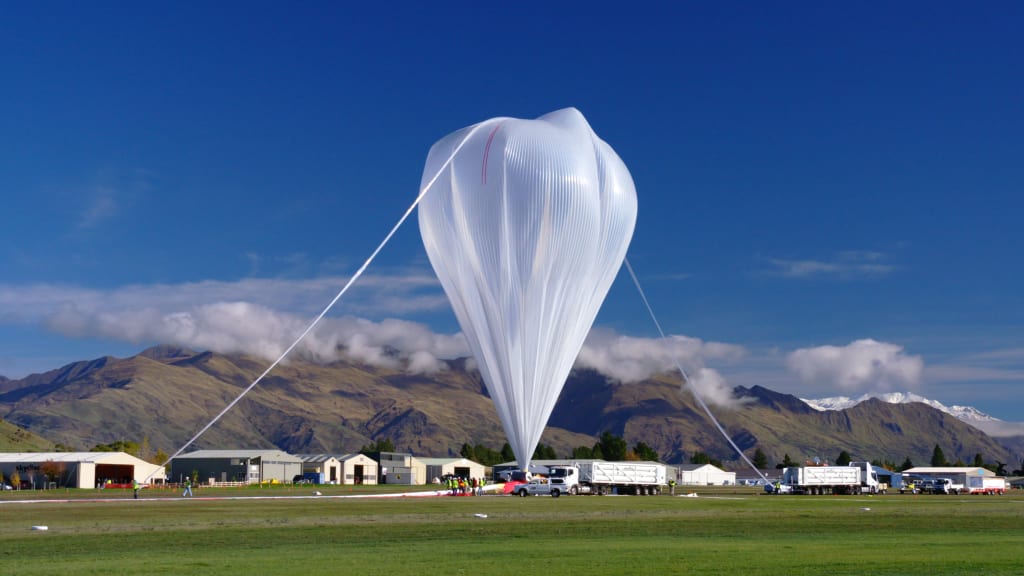Why did China send a balloon to America?
Chinese Hot Air Balloons: Early use of hot air balloons, known as Kongming lanterns, for military signaling and communication.

The incident involving the Chinese spy balloon that was spotted and subsequently downed by the United States in early 2023 sparked significant geopolitical tensions and widespread speculation. This event unfolded against a backdrop of existing complexities in U.S.-China relations, raising critical questions about espionage, airspace sovereignty, and technological advancements in surveillance.
The Incident
In early February 2023, a high-altitude balloon was detected entering U.S. airspace. Initially identified over the Aleutian Islands, the balloon continued its journey across the continental United States, capturing public and media attention. The U.S. government quickly identified the balloon as a surveillance tool operated by China, although Chinese authorities initially claimed it was a civilian weather balloon that had inadvertently strayed off course due to unexpected atmospheric conditions.
Surveillance Capabilities
Upon investigation, the U.S. Department of Defense reported that the balloon was equipped with sophisticated surveillance technology, including multiple antennas for signals intelligence (SIGINT) and equipment capable of intercepting communications. Unlike traditional spy satellites, which orbit the Earth at high altitudes and speeds, the balloon could loiter over specific locations for extended periods, potentially gathering detailed and prolonged intelligence on sensitive sites.
Strategic Intentions
The balloon's incursion into U.S. airspace was seen by many analysts as a strategic move by China to gather intelligence on U.S. military installations and other critical infrastructure. The specific path of the balloon, which traversed several states with key military bases, suggested a deliberate attempt to collect data on U.S. defense capabilities. This raised alarms about the extent of China's surveillance operations and its willingness to challenge U.S. airspace sovereignty.
Diplomatic Fallout
The incident led to a significant diplomatic fallout between the United States and China. Secretary of State Antony Blinken canceled a planned trip to Beijing, citing the balloon incident as a violation of U.S. sovereignty and international law. In response, China expressed regret over the incident but maintained that the balloon was a civilian meteorological research airship. This incident exacerbated existing tensions between the two nations, which have been at odds over various issues, including trade, human rights, and military posturing in the South China Sea.
Technological Implications
The use of a high-altitude balloon for surveillance highlighted the evolving nature of espionage and the use of unconventional methods to gather intelligence. Balloons can offer several advantages over satellites, such as lower costs, the ability to hover over specific areas for extended periods, and reduced detectability by traditional radar systems. This incident has likely prompted countries worldwide to reconsider their airspace security measures and develop countermeasures against similar surveillance tactics.
Public and Political Reactions
The American public and political establishment reacted strongly to the incident. There were widespread calls for a robust response to deter future violations of U.S. airspace. The decision to shoot down the balloon once it was over the Atlantic Ocean was a message to China and other potential adversaries about the United States' commitment to defending its airspace. However, this action also carried risks of escalation, as China viewed the downing of the balloon as an overreaction and a provocation.
Broader Implications
The spy balloon incident underscored the increasing complexity of modern espionage and the need for nations to adapt to new threats. It also highlighted the fragile state of U.S.-China relations and the potential for seemingly small incidents to escalate into significant geopolitical conflicts. Moving forward, both countries will need to navigate these challenges carefully to avoid further deterioration in their relationship.
Conclusion
The Chinese spy balloon incident of 2023 serves as a stark reminder of the evolving nature of surveillance and espionage in the modern world. It underscores the importance of airspace security and the potential risks associated with the use of unconventional intelligence-gathering methods. As U.S.-China relations continue to be tested, incidents like these will likely play a significant role in shaping the geopolitical landscape and the strategies both nations employ to protect their interests.
About the Creator
Marveline Merab
“History never repeats itself. Man always does.”
― Voltaire
Enjoyed the story? Support the Creator.
Subscribe for free to receive all their stories in your feed. You could also pledge your support or give them a one-off tip, letting them know you appreciate their work.






Comments
There are no comments for this story
Be the first to respond and start the conversation.